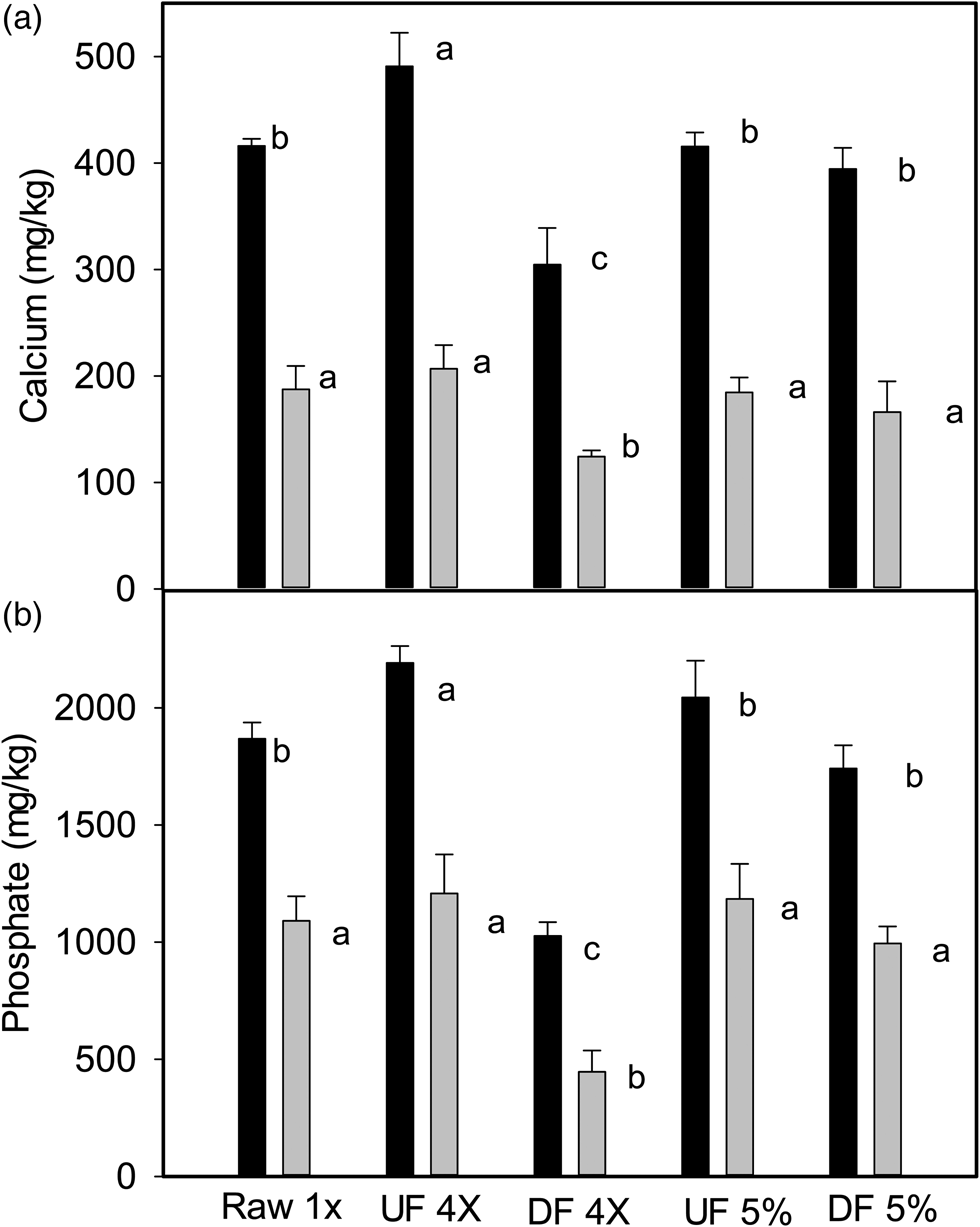

For example, you can examine changes in the process defect rate before, during, and after the implementation of a new procedure on one C chart.įor more information, go to Insert an analysis capture tool.ĭuring the timeframe of the plotted data? Stages have different center lines and control limits that help you make comparisons across stages.

Do not enter a sample size the C chart assumes it is constant. In Minitab, enter the number of observed defects from each sample in one column.Establish a data collection strategy to define how you will sample units over time.Verify you can accurately assess each unit (that is, verify the measurement system).Define what is and what is not a defect.Monitor the output of the improved process after the project is complete. Graphically compare the pre-project process dynamic behavior to the post-improvement dynamic behavior.Ĭontrol the inputs to the improved process after the project is complete. Verify the process stability after implementing controls to obtain a final assessment of process capability. Verify the process stability when performing confirmation runs after implementing improvements. Investigate the effects of the input variables on the process output over time. Verify the process stability when performing a baseline capability analysis. Do the dynamic patterns of the process output change at different levels of a process input?Īssist in project selection by identifying the process steps that exhibit high defect rates, unstable variation, or other symptoms that indicate the need for improvement.Does the defect rate of the process change at different levels of a process input?.Does evidence suggest something has changed or the process is performing differently than expected?.Did special causes exist during the timeframe of the plotted data?.How much common-cause variation does the process exhibit?.


 0 kommentar(er)
0 kommentar(er)
